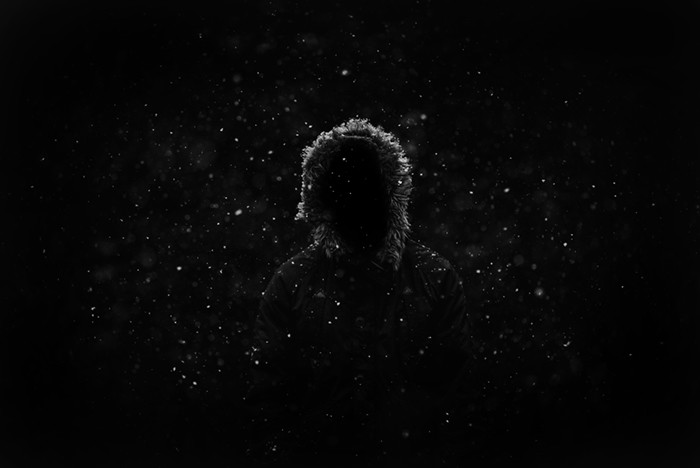
One Halloween night, as the sun slipped beneath the horizon, the young children were coming back from their rounds through the little Yup’ik village on the tundra in Southwest Alaska. The teenagers had waited their turn and eagerly squeezed out of their home, as their mother told them they were allowed to leave. They raced through to each of the small houses that dotted the dark, decrepit, and narrow boardwalks that snaked through the village. Not all of them donned costumes and there was still not yet a flake of snow on the ground, a rare occurrence for such a chilly autumnal night. The tall grass line the boardwalk like two moving walls that whispered with the winds that rushed through the spaces between the houses. They grabbed candy within the first house, then came back out and started back off; at each of the doors, they held their plastic grocery sacks aloft, and they became more heavily laden with candies and treats.
After coming out of the fourth house they spotted something strange emerging from the tall grasses onto the boardwalk behind them—it was a traditional Yup’ik parka, the hood was up and the ruff obscured the view of the face within. It wouldn’t have been strange except for the fact that it had no visible feet or hands. The teenagers sprinted to the next house, scared to death and unsure of what the seemingly floating parka had really been, but they were unwilling to say anything about what they had seen to the adults that were now handing them candy.

Between each and every stop for candy, the teens stepped outside and the floating parka had appeared again, as if it was just waiting to scare them. They had all grown up hearing the traditional stories of ghosts and ghouls—all meant to teach them to be cautious in one way or another, as a way to keep them safe in their unforgiving lands. They had a sense that they were being pranked—as if to test their knowledge and preparedness, but not a single one of them could muster up the courage to approach the floating apparition or to try to figure out who was toying with them.
The far north side of the village is where the last batch of houses resided—the travel between where the teenagers were and where their last glimpse of the prized sweets laid was a lengthy weaving, dismally unlit sprawling boardwalk. This path took them directly past the hauntingly abandoned teacher’s quarters that the entire village regularly avoided being near and even speaking about in passing. They made their way down the boardwalk towards this last remaining treasure trove of candy, when the little parka appeared behind them once again. One of the teens looked behind them as they crawled into the artic entry of one of the houses and saw its silhouette looming alone between the spirit-infested teacher’s quarters and the house they entered, blocking their dark and dreadful passage home.
The teenagers reappeared cautiously from the house, but the little parka was nowhere to be seen–each house they exited they huddled together in fear that the ghostly figure would leap out of the shadows and attack them from the front or back, but it didn’t. Then one of the teens gasped and pointed, there it was in the darkness beneath a building, huddled behind one of the steel posts that propped it up from the permafrost–it sat upright, waiting for them. All at once, it sprang up toward them with a hideous scream and chased the teenagers down the boardwalk, growls emanated from the unending abyss of the hood. As the spirit overcame them, they recognized the dead black eyes that sat deep in his sunken frostbitten features; it was the village boy whose snow machine had broken through the ice on the river. The boy had then managed to climb out from what would have been a certain death only to succumb to the elements before anyone could find him, only a year prior.


Georgia-based author and artist, Mary has been a horror aficionado since the mid-2000s. Originally a hobby artist and writer, she found her niche in the horror industry in late 2019 and hasn’t looked back since. Mary’s evolution into a horror expert allowed her to express herself truly for the first time in her life. Now, she prides herself on indulging in the stuff of nightmares.
Mary also moonlights as a content creator across multiple social media platforms—breaking down horror tropes on YouTube, as well as playing horror games and broadcasting live digital art sessions on Twitch.
